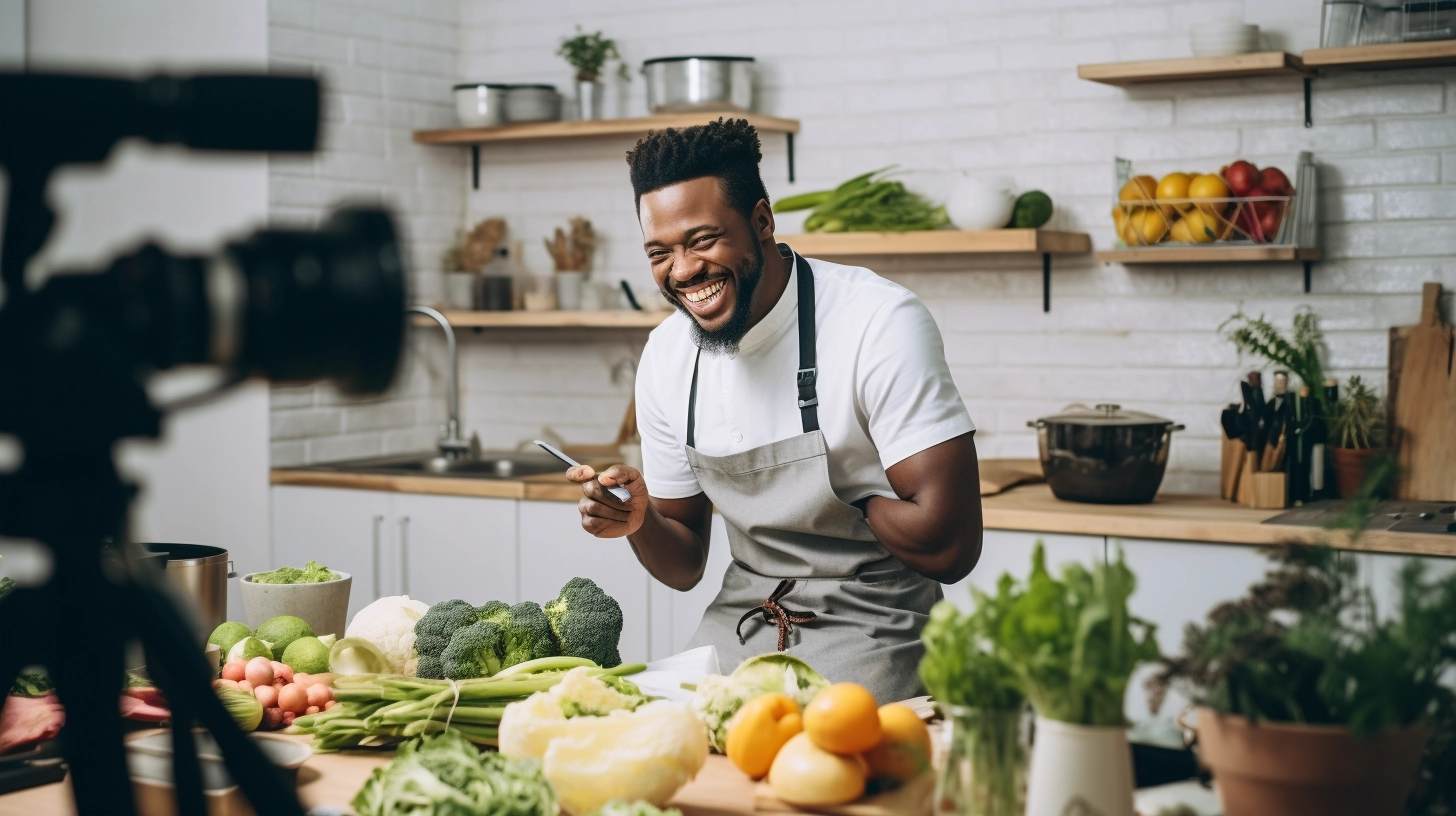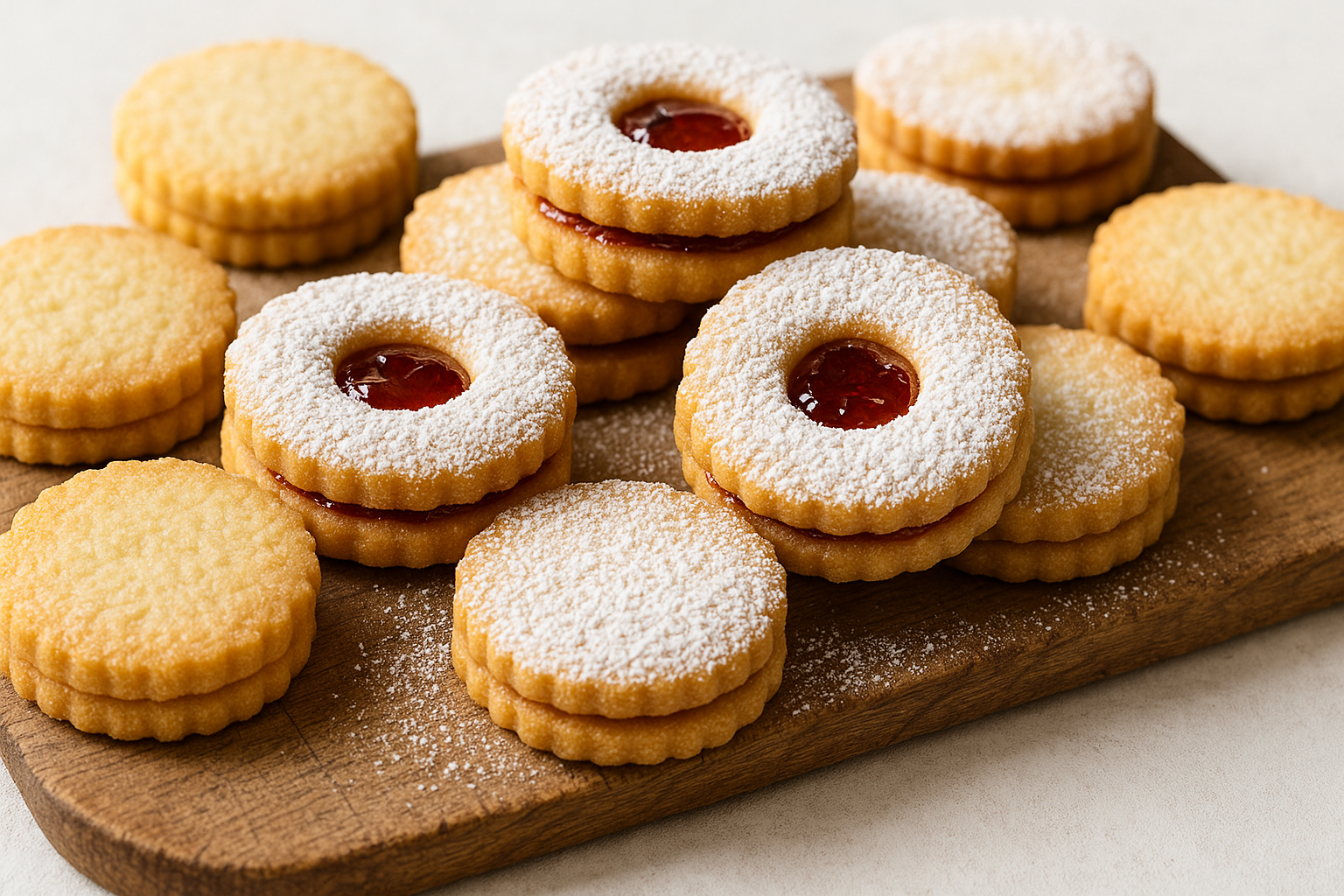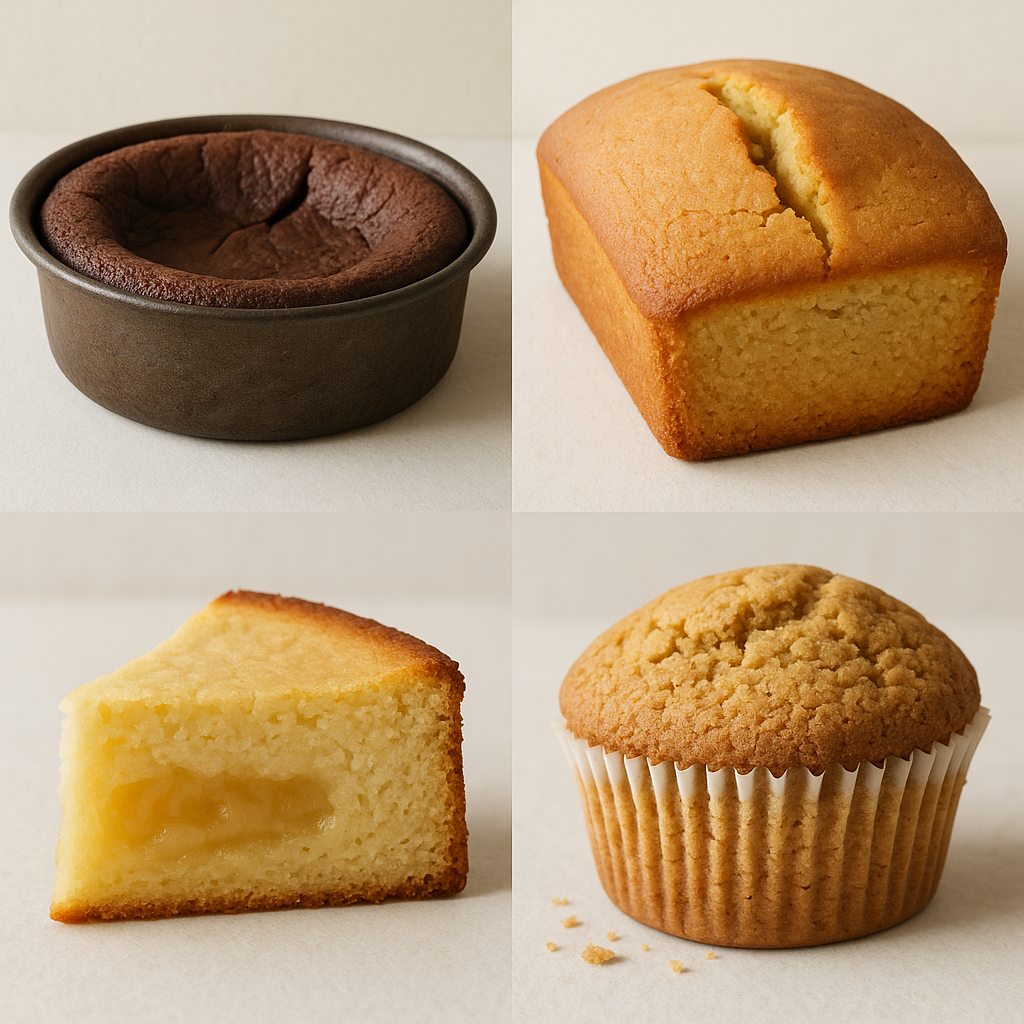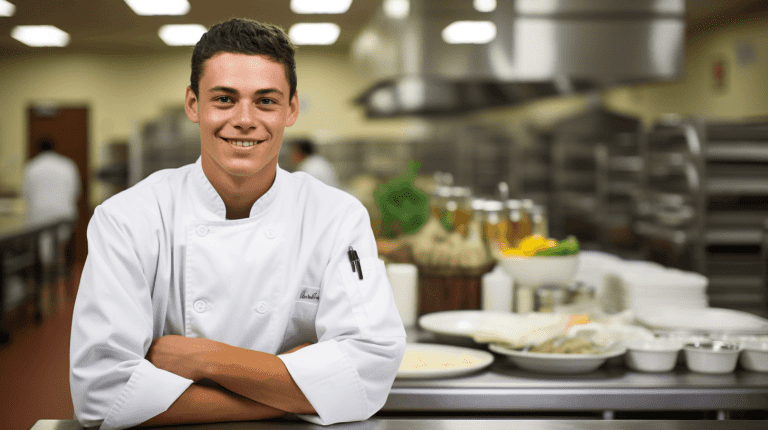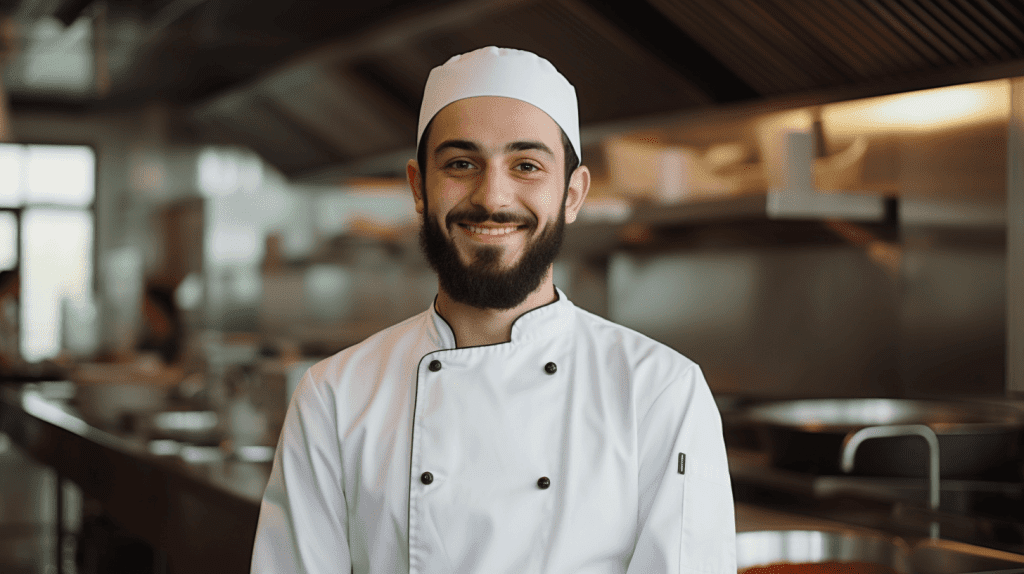A Success Blueprint to Becoming a Food Influencer:
Ever found yourself ogling over scrumptious food photos on your Instagram feed by food influencers? Or maybe you’re perpetually on the hunt for fresh recipe inspirations on YouTube?
If shouting from the rooftops about your love for food sounds like you, then you could be on the verge of becoming a food influencer.
In today’s digital-centric world, food influencers hold a substantial place in directing our food preferences and introducing us to unique food experiences, one captivating post after another.
Step 1: Pin-Point Your Unique Area of Interest
The world of food is incredibly diverse. Hence, the first stride to becoming a food influencer requires you to identify your unique area of interest. It could be wholesome vegan dishes, soul-warming comfort food, fascinating international cuisines, or even charming, photo-ready cafés — choose a sector that truly stirs your culinary senses. The more unique your area of interest, the easier it will be to carve out your own distinctive digital space.
Step 2: Create a Magnetic Social Media Persona

Next, it’s time to create your compelling digital persona. Exercise prudence when you choose your online platforms. Instagram, with its heavy lean-on visuals, is an ideal space for displaying those drool-worthy food snaps, while YouTube is best suited for detailed videos or lively recipe vlogs.
Besides, don’t forget the ‘social’ in social media.
Interact with your followers by responding to their comments, sharing others’ relatable content, and partnering up with your food influencer peers. These efforts will gradually foster a committed online community for you.
Step 3: Excel in Delivering Top-notch Content

A tantalizing picture of bubbling pasta or a mouth-watering video of melting chocolate can reel users to your profile. The commitment to generating top-tier content, in terms of dazzling photos and compelling text, is of utmost importance.
Use natural lighting when you’re capturing snapshots, experiment with diverse angles, and always aim to share a story through your content. Your content must evoke the longing for more in your audience, the same way a delicious home-cooked meal does.
In all this, remember to add value. If you’ve discovered a unique trick to amp up the fluffiness of pancakes, share it with your followers alongside your catchy photo. If you’ve given a new dish at a local joint a try, provide a frank and fair review along with your post.
Partnerships and Collaborations: Key Aspects for Food Influencers
Partnerships and collaborations are crucial for food influencers aiming to expand their digital reach, generate income, and diversify their content.
Key collaboration types include:
- Sponsored posts: Promoting brands, products, or restaurants in exchange for payment.
- Affiliate marketing: Earning commissions for successful purchases made through custom affiliate links.
- Product endorsements: Recommending and promoting relevant products.
- Brand ambassadorships: Long-term representation of a brand through various marketing efforts.
- Event collaborations: Hosting or participating in culinary events for exposure and networking.
- Co-marketing and cross-promotion: Teaming up with fellow influencers to create shared content that reaches wider audiences.
These collaborations offer numerous benefits, such as increased visibility, revenue generation, content variety, network expansion, and skill development. Remember to stay authentic and transparent when pursuing partnerships to build credibility and maintain trust with your audience.
Wrapping Up
Venturing into becoming a food influencer can initially feel like trying to master a foreign cuisine. But fear not – let your love for food direct your path.
Your gastronomic journey could commence with creating croissant making classes or immersing yourself in a dessert chef course.
Whichever path you choose, soon enough you’ll be leading your followers on an inspiring culinary journey – one tantalizing post at a time.
Time to turn up the heat and stimulate those digital taste buds!
If you are interested to build your personal chef brand, you can also read about how to become a food blogger. You can also read this practical guide on how to start a cake business from home.
